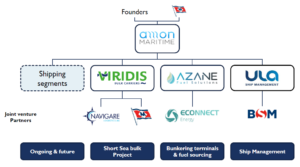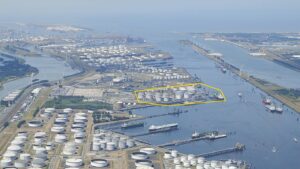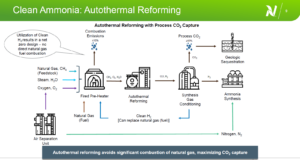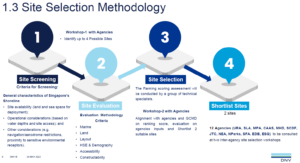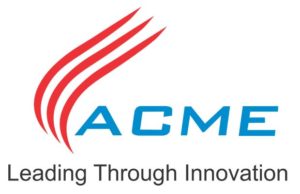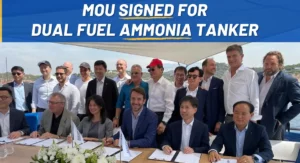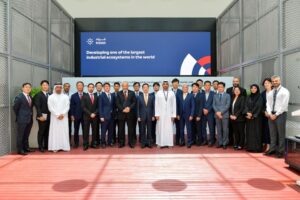AMON Maritime: Ammonia-fueled ships and networks
In our most recent episode of Maritime Ammonia Insights we introduced the Amon Maritime consortium. Amon is unique, as it builds from the ground up and shares risk to remove the chicken-and-egg dilemma faced by new maritime ammonia players. Acknowledging that external funding has been essential to reach the point where they are at today, Amon Maritime has progressed as a shipping company and ammonia bunkering network at remarkable speed. With their novel approach and impressive progress to date, there are many takeaways for the wider maritime stakeholder environment to consider. Amon’s CEO André Risholm and CCO Karl Arthur Bræin joined Conor Fürstenberg Stott to discuss the opportunities ahead.
